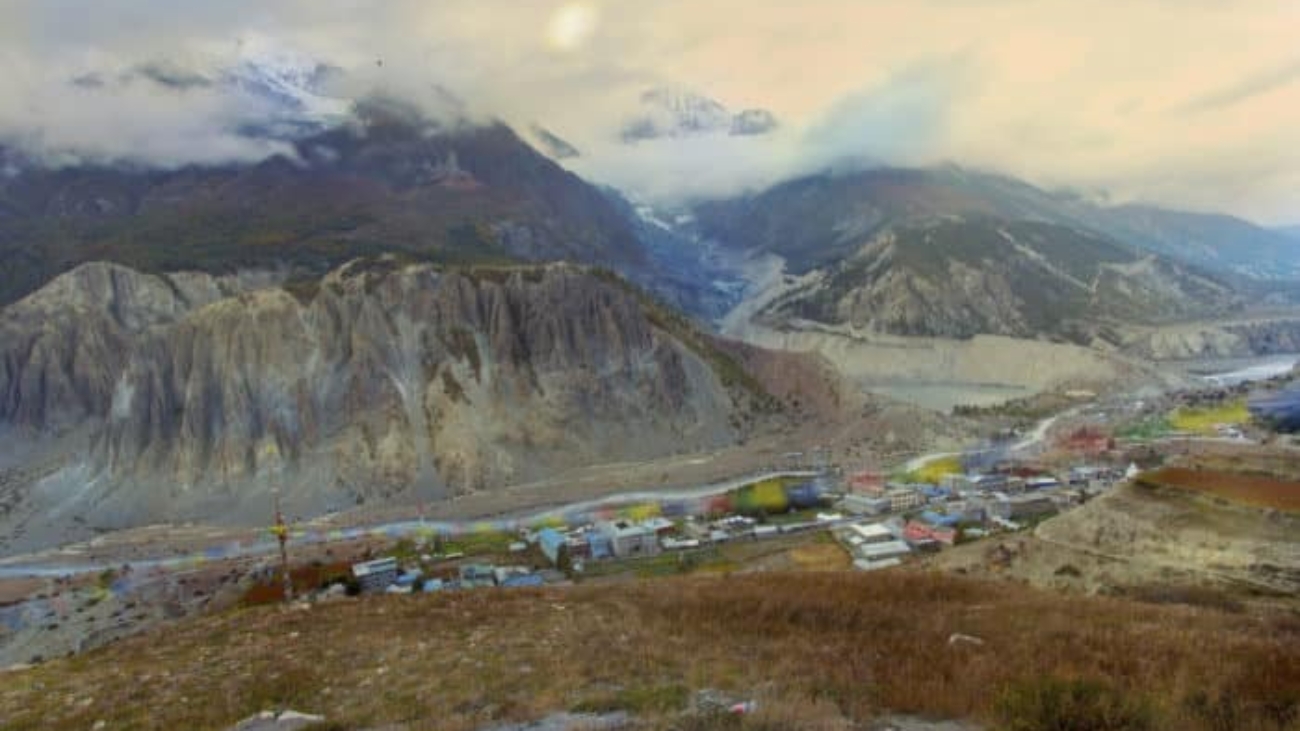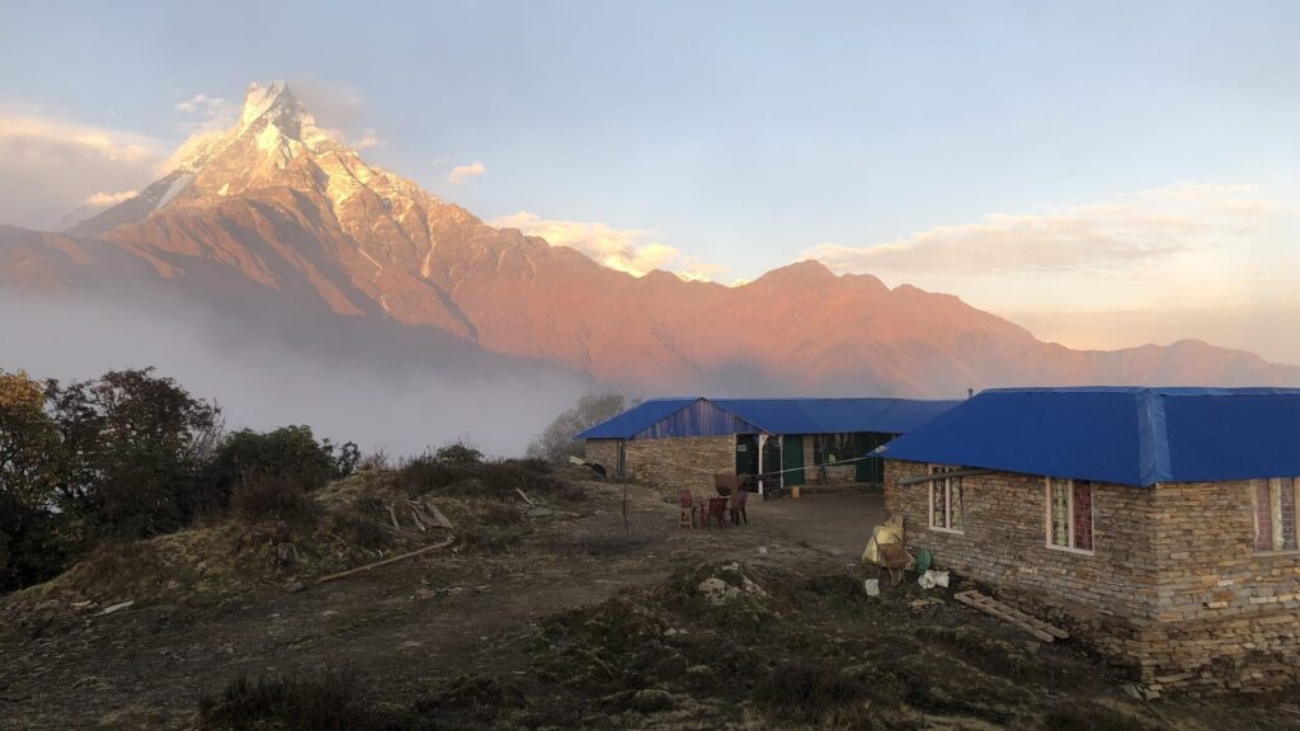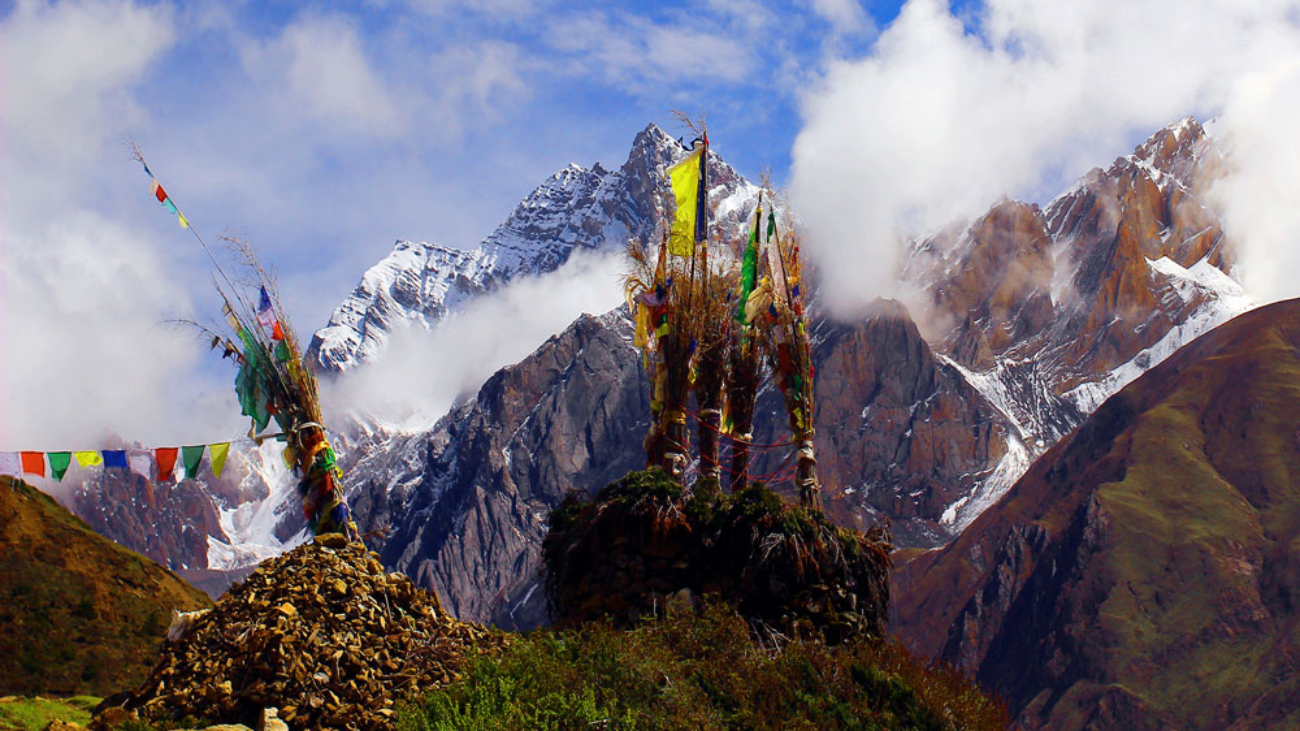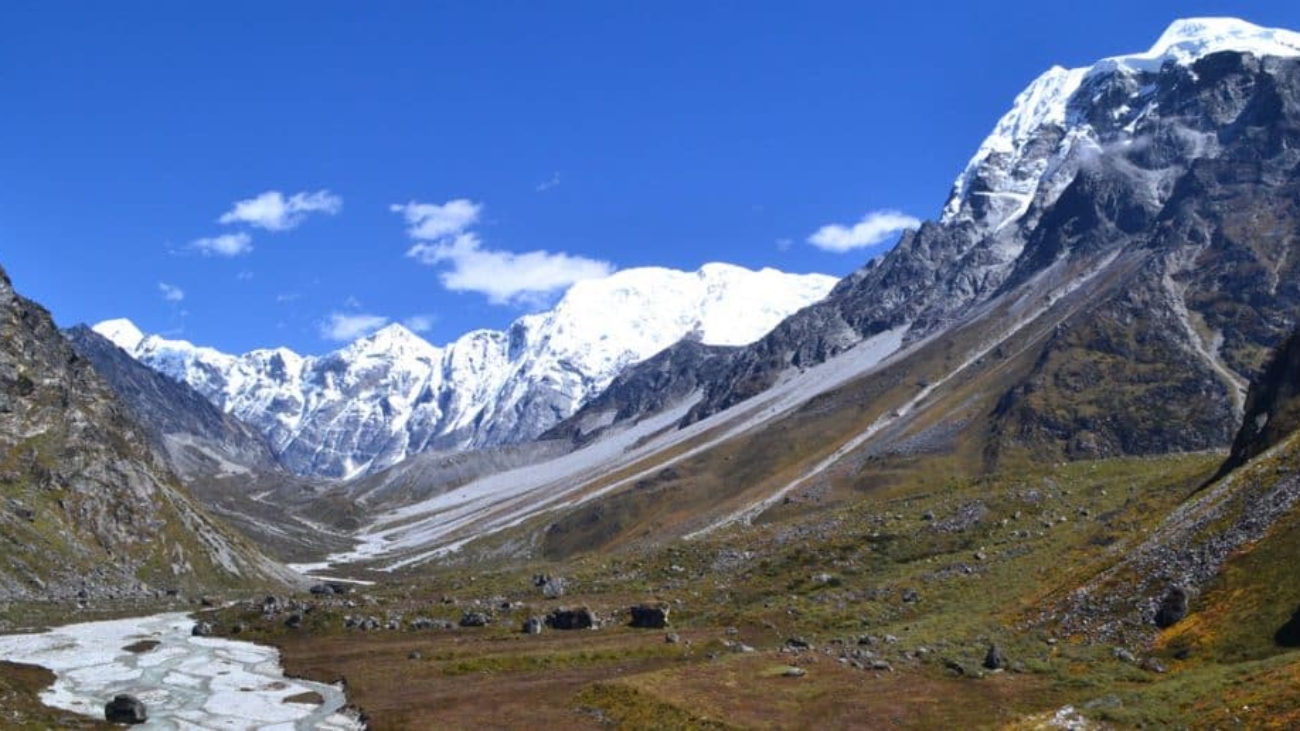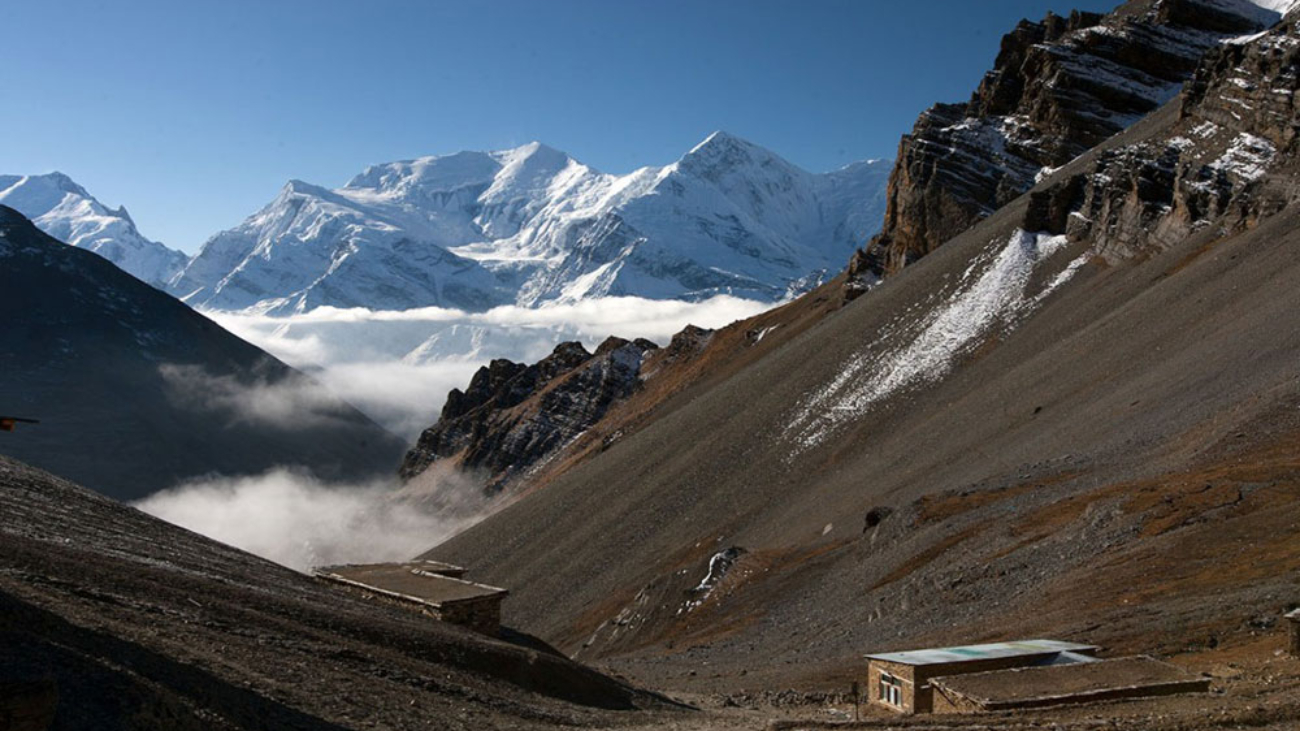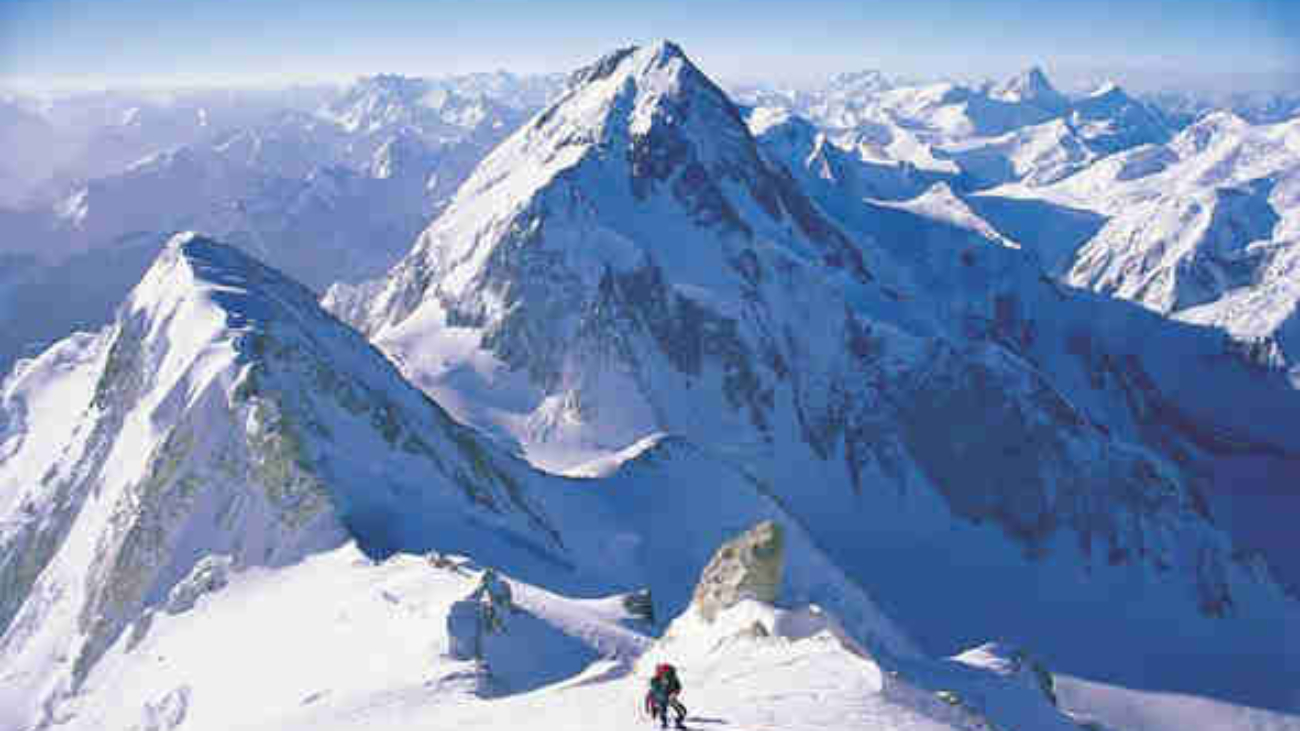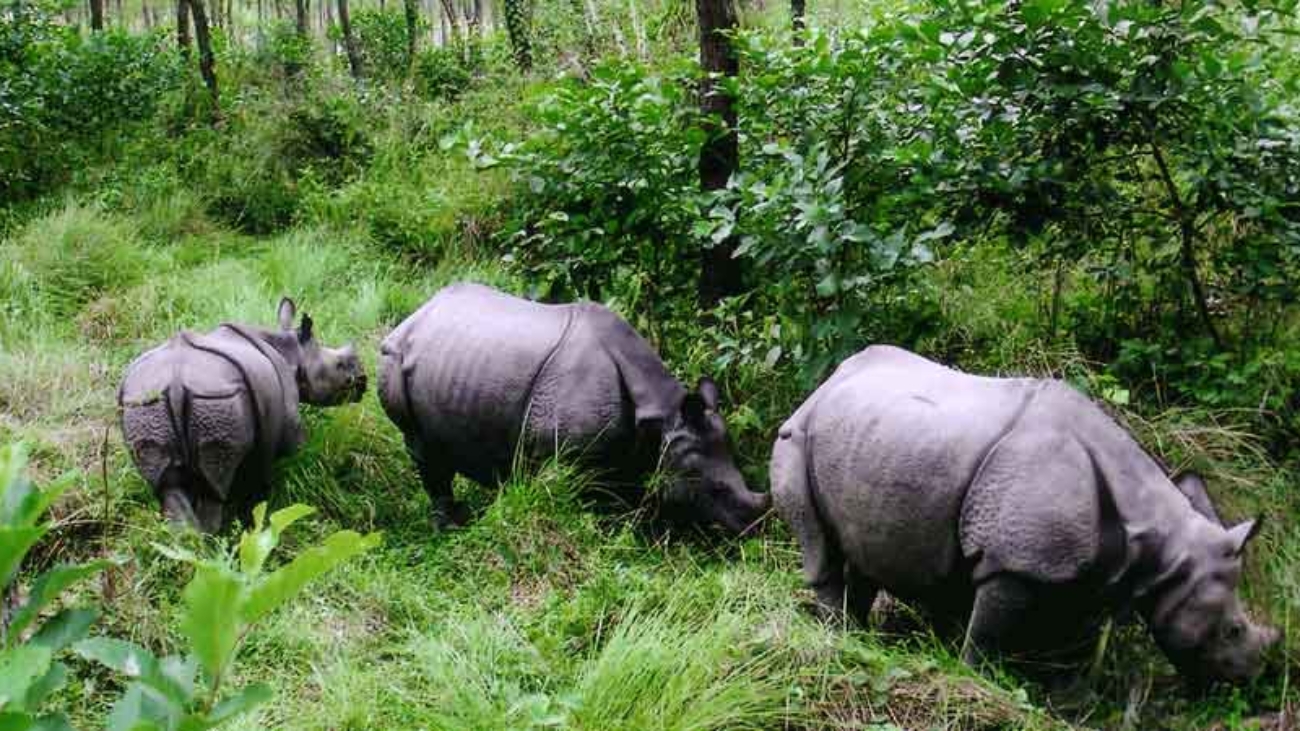Nepal is known as the Himalayan region and a hiker’s paradise. Combining stunning peak, charming villages and tranquil lakes, it remains a popular destination for adventure travelers in Nepal. There are different Himalayan ranges in Nepal which we can view Himalayan from most of the places. So, in the mid-western part of Nepal Annapurna Himalayan range is one of that. There are many kinds of Annapurna treks; some of them are Easy, Moderate and Strenuous.
As this trek start from the elevation of 900m and rises up 4130m the Annapurna Base camp latest trek point. As we know ABC trek offers to see the 10th tallest peak in the world, for trekking lovers it can be an ideal vacation so, take a look at Annapurna Sanctuary trek to celebrate your holiday perfectly. Annapurna sanctuary is one of the best destinations for Himalayan Treks. ABC is a most popular Himalayan range in the world and trekking to its Base camp is the most rewarding life experience and opportunity. Annapurna sanctuary trek offers incredible Mountain View. Annapurna I (8091m), Mt Annapurna II (7939m), Mt Annapurna III (7555m), Mt Annapurna IV (7,525m), Mt Machhapuchre (6,993m), Mt Himchuli (6,441m), Mt Lamjung (6,986m). You can also observe the rich flora and fauna of the area .while making your way to base camp. There you will find a lot of chances to observe Himalayan Cultures, Tradition and the way of life. Annapurna sanctuary trek itinerary is planned in such a way that it allows you to visit various villages which gives you a lot of opportunity and experience to interact with local people who belong to different ethnicity.
Ghorepani poon Hill trek is one of the short and easy treks in Nepal that start from the lake and mountain city of Pokhara in Nepal. This trek is very suitable if you are traveling with family or who have a short vacation for trekking in the Nepal Himalayas, offers a magnificent panoramic mountain views of Annapurna III (7,555m), Dhaulagiri (8,167m) , Annapurna I (8,091m) Machhapuchhre (6,998m), Lamjung Himal (6,988ma), Himchuli Himal (6,441m), Tukuche Peak (6,920m) Annapurna South (7,525m), Annapurna II (7,939m), Annapurna IV (7,525m), etc. Annapurna Panorama trek is very famous for the typical historical villages of Magar and Gurung ethnic groups; Ghorapani village is one of the most busiest Tibetan centers where we can see a lot of Tibetan materials displaying on. While on the trek you can get the best view of waterfalls and the thrilling experience for the photographers. One can witness the mind-blowing view of rays of the rising sun slowly start kissing the mountains one after that would make the whitish snow-capped mountains mixed with the golden color.
Jomsom trek is probably the single most popular trek in Nepal. It is situated on the north of Pokhara pilgrim trek reached the maximum altitude of 3,800m. Jomsom Trek begins from world deepest gorge Kaligandaki. It will take you almost treeless barren steep rocky trail up and down. Jomsom is the district headquarters of Mustang district. Pilgrim trek has an incredible panoramic view of Nilgiri, Annapurna, Dhaulagiri, and several other peaks. It will be interesting you to know that “Mukti means salvation and “Nath” is the word for god. It is also believed that all your miseries and sorrows are relieved when you visit Muktinath. Thousands of people devotees to make the journey to Muktinath seeking these blessing. This sacred environment of supernatural and natural elements attract Hindus and Buddhists pilgrims and as well as curious travelers. Wonders at Muktinath trek includes 108 waters pouts set into the surrounding wall, which pours out fresh water from hidden springs. After passing all the important village of the Mustang region you will reach the Jomsom. The Pilgrimtrek trekking is an ideal for the one who wants to explore the diversity of Annapurna region without doing the full Annapurna Circuit trek. Trek can be done year round as most of the trekking region for the trek falls in the rain-shadow area.
